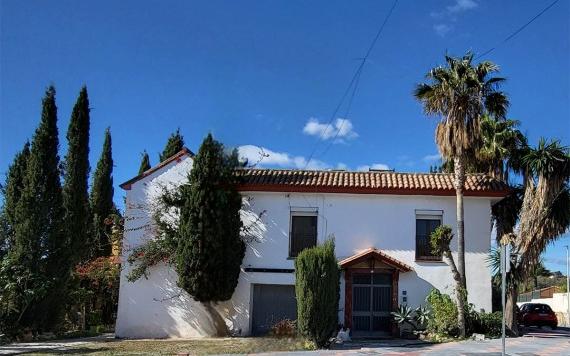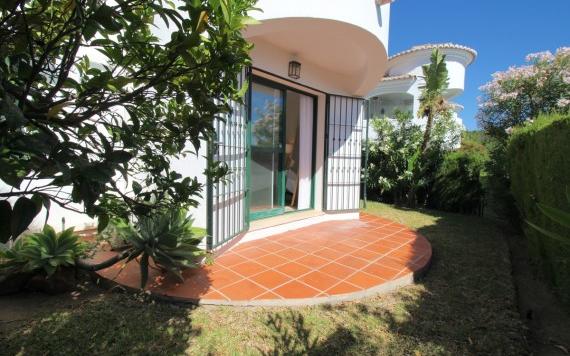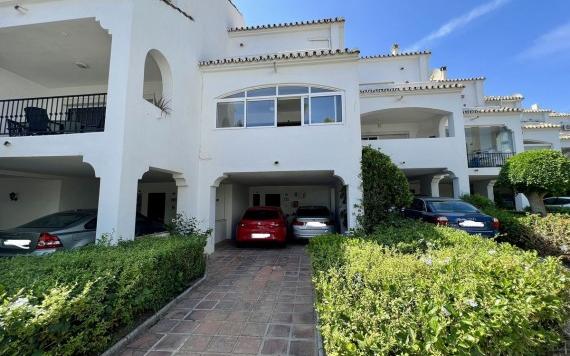
Now that the Brexit process is completed, and the UK is considered to be a country outside of the EU, many things in Spain will be a little harder for Britons in Spain. One of this will be importing your car, or any other vehicle. No matter what your nationality, if you want to import your car from outside the EU or Schengen area then be prepared for a lengthy and complicated process, loaded with paperwork. Still planning on importing the car of your dreams? Here’s everything you need to know to make that dream a reality:
Step 1: Getting Your Car Through Customs
In order to leave one country and enter another with your vehicle, you will need to pass through customs. Before you can do this, you will need to submit a series of forms and secure a certificate allowing your car to leave your country of residence: another series of forms and certificate will allow your vehicle to enter Spain. The following paperwork will be required to enable these certificates to be secured:
- Details of when and where you purchased the car. This could be a receipt or a sales contract. You will also need the VAT number of the car dealer who sold you your car. If you didn’t buy your car from a dealer, and purchased it from an individual instead, you will need a photocopy of that person’s passport.
- All paperwork relating to the vehicle and its details. This will include, but is not limited to, registrations documents and emissions certificates.
- A certificate showing that the vehicle has passed a roadworthy test (in the UK, this test is known as the MOT).
Step 2: Paying Your Customs Duty and Taxes
Importing a non-EU vehicle into Spain isn’t free. As well as taking you time, it will also cost you money! Expect to pay around 10 percent more than those individuals who are importing vehicles to Spain from inside the EU. The fees involved include:
- Paying the fees associated with submitting the Single Administrative Document (SAD).
- If your vehicle is new, you will have to pay 21% VAT. If your vehicle is second-hand you will have to pay property transfer tax.
- If you’re keen to avoid paying duty and VAT then there is one loophole: if you’re changing your country of residency to Spain then you are permitted to import one car to be used for personal use without having to pay the VAT on this process. If you’re already a resident in Spain then unfortunately this doesn’t apply and both duty and VAT will be owed.
- Another loophole is if you are coming from a country with a bilateral agreement that allows vehicles to be imported without tariffs owed. These include Mexico, Morocco and Switzerland. People importing vehicles from those countries must obtain a EUR1 certificate, in order to be exempt, however.
Step 3: Securing a Recognition Certificate
Not all cars from outside of the EU can be registered in Spain without securing a recognition certificate first. In most cases (particularly in the case of cars from the UK) this is because the steering wheel is on a different side to native cars. This means that, in order to be registered in Spain, the car must go through a homologación (recognition) process, which certifies its safety, emissions, and technical characteristics. This process will be individual for each vehicle, depending on how far its spec differs from a typical Spanish car. Only when this process is completed will you receive a Certificate of Conformity, which you will need to enable you to move on to the next step and put your car through its ITV test.
Step 4: Passing the ITV Test
The ITV test is the Spanish roadworthy test (equivalent to the UK’s MOT) and all cars in Spain must pass this test before they can legally be driven on the road. You should book your ITV test and then arrive at the testing centre with the following documentation:
- Proof of vehicle ownership
- Proof of payment of fees and taxes
- Your driver’s license
- The vehicle’s insurance policy
- The vehicle’s data sheet
Step 5: Changing the Number Plates and Registering the Vehicle
The final step to getting your imported car on the road is to have it registered with the Spanish authorities and then change the number plates to Spanish one. Completing this process requires you to make an appointment at the local DGT office and undertake the following steps:
- Fill out Modelo or For 567 and pay registration tax on foreign vehicles
- Pay the Impuesto de Circulación de Vehículos or circulation tax, which is set by your local Ayuntamiento or Town Hall
The documents you need in order to secure these forms are:
- A completed application form to change the plates
- Your NIE number, TIE and proof of address
- An original and a photocopy of the proof of payment of the registration tax and circulation tax.
- An invoice for the purchase of the vehicle.
- Proof of payment of VAT in the country of origin of the vehicle.
- The Certificate of Conformity that you received.
As soon as all of this is completed, and your car is adequately insured, you can jump in and head off to enjoy exploring Spain.
Are you thinking of moving to Spain? Perhaps you're hoping to bring your car with you, as well as your family? Then why not get in touch with our locally based property experts, who are perfectly placed to help make you dream of Spanish home ownership a reality. We’re already excited to work with you!

 English
English Español
Español Deutsch
Deutsch Français
Français Svenska
Svenska Nederlands
Nederlands Italiano
Italiano Norsk
Norsk Русский
Русский

































